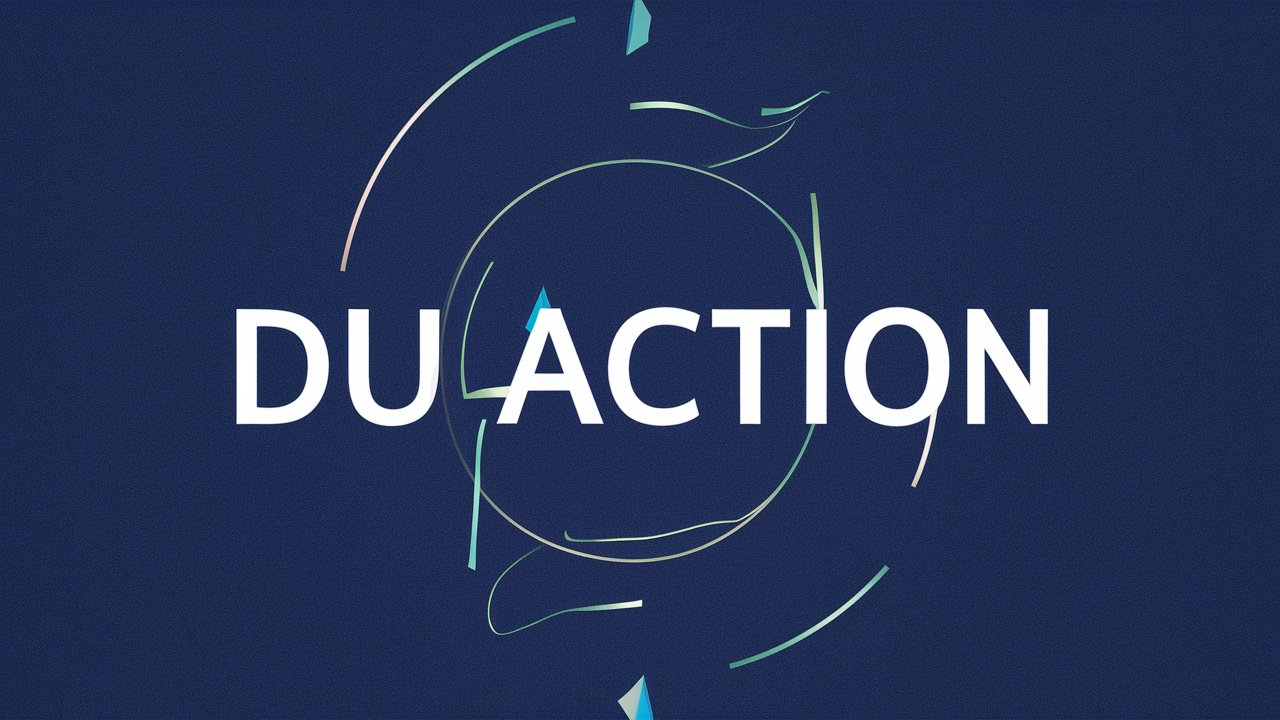In an era where innovation and adaptability are key drivers of success, new learning approaches are continually reshaping how people acquire knowledge and skills. One emerging concept gaining attention is Duaction. This term represents a hybrid approach that blends dual learning and action-based education, creating a system where learners simultaneously acquire theoretical knowledge and apply it in real-world scenarios. By merging education with practical engagement, Duaction transforms traditional learning into a dynamic, experience-driven journey, preparing individuals for the complexities of modern workplaces. This article explores what Duaction is, why it matters, its benefits, and how it can shape the future of education and professional development.
📖 What is Duaction?
Duaction is a compound concept derived from the words “dual” and “action.” It refers to a learning model where theory and practice are pursued together in an integrated way. Unlike conventional classroom learning, which often separates knowledge from application, Duaction encourages learners to immediately apply what they learn through real-world projects, internships, simulations, or industry collaborations. This dual structure ensures that learners build skills and gain experience at the same time, reducing the gap between education and employment. As industries continue to evolve, Duaction stands out as a solution to the growing demand for work-ready graduates and professionals.
🎯 Key Features of Duaction-Based Learning
The key features of Duaction focus on blending active participation with structured learning. First, it promotes hands-on experience, allowing learners to practice new skills in real environments. Second, it encourages collaborative problem-solving, where teams work together on real industry challenges. Third, Duaction emphasizes continuous feedback, helping learners improve and adapt quickly. Lastly, it uses flexible learning pathways, allowing individuals to customize their educational journey according to career goals. These combined elements make Duaction more immersive, relevant, and impactful than traditional learning systems.
💡 Benefits of Duaction in Education and Industry
The benefits of Duaction are far-reaching for both learners and organizations. For students, it enhances skill retention, critical thinking, and confidence by bridging the gap between learning and doing. They graduate with actual work experience, making them highly attractive to employers. For industries, Duaction creates a steady pipeline of talent that is job-ready from day one, reducing training costs and improving workforce productivity. Moreover, Duaction fosters innovation and creativity, as learners often generate fresh solutions to real problems during their practical engagements. This approach accelerates growth for both individuals and organizations.
🧩 How Duaction Differs From Traditional Learning
Duaction vs. traditional learning highlights significant differences. Traditional education often focuses on lectures, theoretical exams, and delayed application of knowledge, while Duaction promotes immediate and ongoing application alongside learning. This results in deeper understanding, stronger retention, and faster adaptation to workplace demands. Additionally, Duaction allows personalized and adaptive learning pathways, unlike the one-size-fits-all structure of many traditional programs. By integrating active practice into the learning process, Duaction equips learners with real-world competence and career readiness, which traditional systems sometimes fail to deliver.
🌍 Duaction’s Role in Future Workforce Development
The role of Duaction in workforce development is becoming increasingly crucial as industries undergo rapid transformation. Fields like technology, healthcare, engineering, and business require professionals who can think critically and act decisively in real-world conditions. Duaction prepares individuals to meet these demands by instilling adaptability, problem-solving ability, and hands-on experience early in their careers. Governments, universities, and companies are beginning to incorporate Duaction principles into their training programs to create resilient, future-ready workforces that can thrive in competitive global markets.
🧠 Implementing Duaction in Institutions and Companies
Implementing Duaction involves building strong collaborations between educational institutions and industry partners. Universities can integrate internships, apprenticeships, and project-based modules into their curricula. Companies can offer on-the-job training programs, mentorships, and skill labs for students and young professionals. Successful implementation also requires digital platforms for real-time learning and assessment, as well as supportive policies that reward innovation and experiential learning. When done effectively, Duaction becomes a win-win system where learners, educators, and employers all benefit from a more dynamic educational ecosystem.
⚙️ Challenges of Adopting Duaction
While promising, Duaction faces several challenges during adoption. These include logistical complexity, high coordination costs, and resistance to change from traditional educational structures. Institutions must build strong partnerships, adjust timetables, and train educators to manage real-world projects alongside theoretical instruction. Additionally, industries must be willing to invest time and resources into training learners. Overcoming these challenges requires policy support, technological infrastructure, and cultural acceptance of experiential learning as an equal partner to academic study.
🏁 Conclusion
Duaction represents a paradigm shift in how we approach learning and skill development. By uniting education with immediate application, Duaction helps close the gap between classrooms and careers. It creates well-rounded, confident, and work-ready individuals who can navigate rapidly changing professional landscapes. Although its implementation may require effort and collaboration, the long-term benefits of Duaction are immense for students, educators, and industries alike. As the world embraces innovation, Duaction is set to become a cornerstone of future education and workforce training.
❓ FAQ About Duaction
Q1: What does Duaction mean?
A: Duaction is an educational model that combines theoretical learning with practical application simultaneously.
Q2: How is Duaction different from traditional learning?
A: Traditional learning separates theory from practice, while Duaction integrates them for deeper understanding and faster career readiness.
Q3: Who benefits from Duaction the most?
A: Both learners and industries benefit — learners gain experience while studying, and industries get work-ready employees.
Q4: Can Duaction be applied in all fields?
A: Yes, especially in fields like technology, healthcare, business, and engineering where hands-on skills are crucial.
Q5: What challenges does Duaction face?
A: The main challenges are logistical complexity, institutional resistance, and the need for strong partnerships between education and industry.


